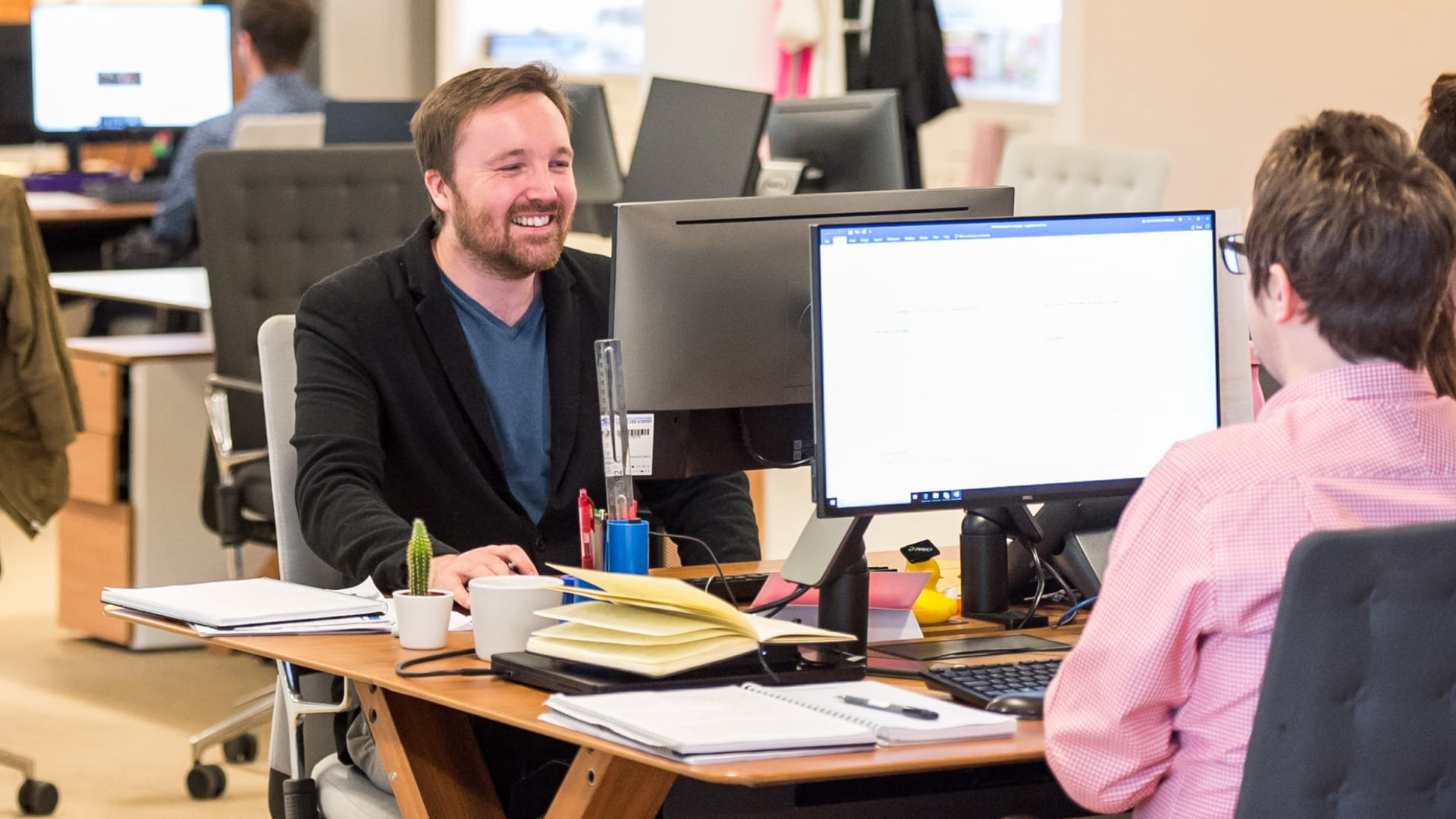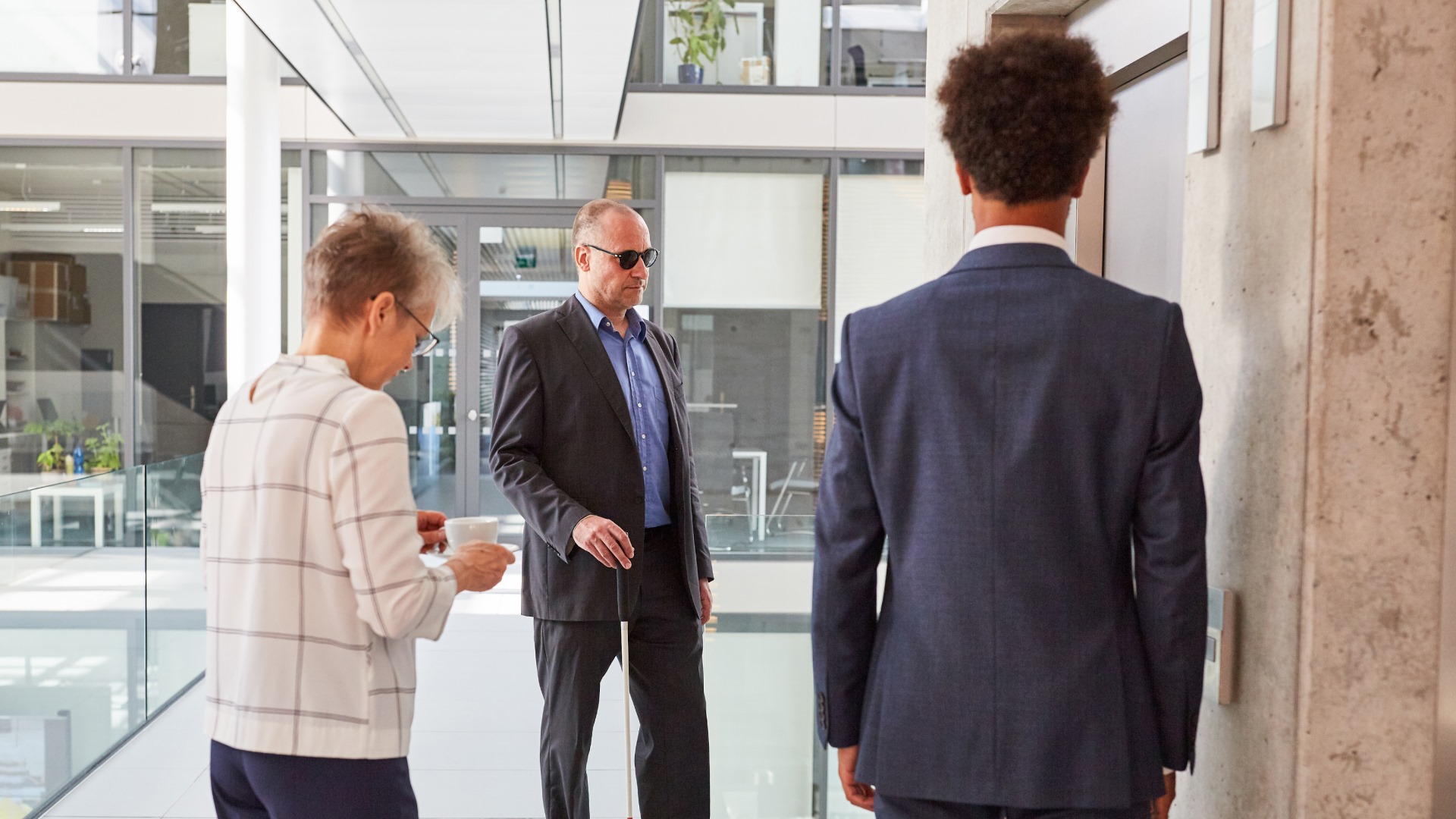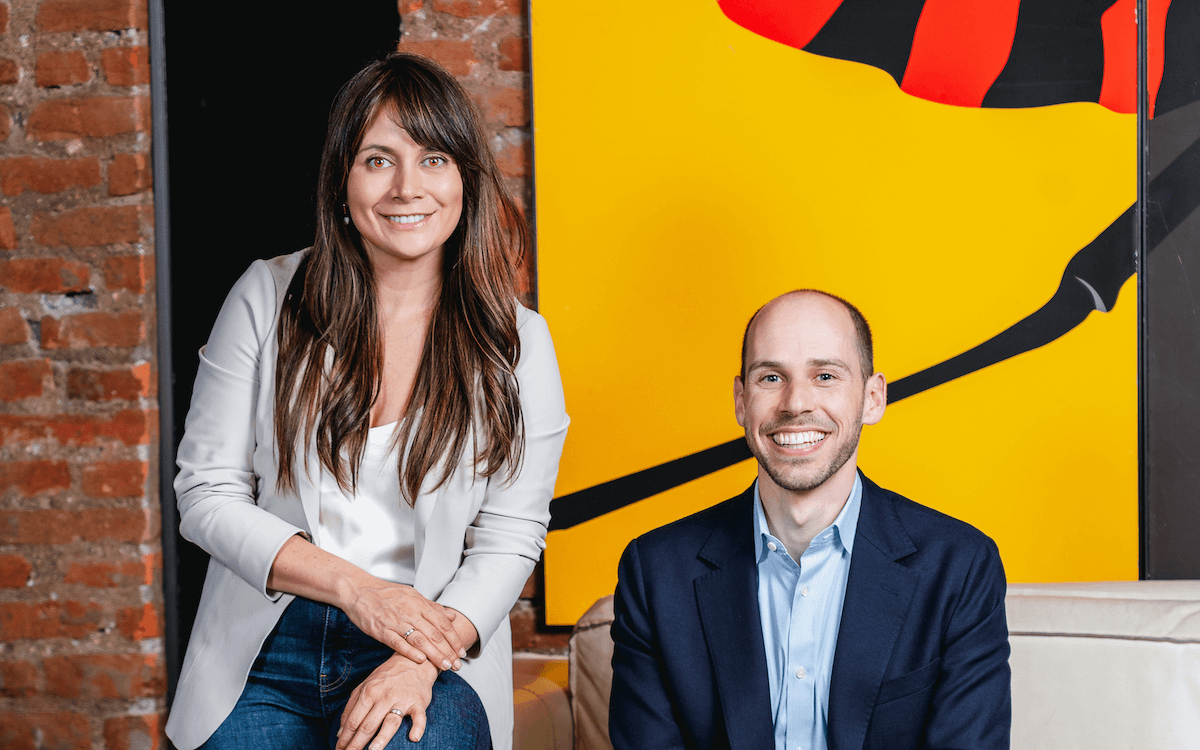ImpactAlpha, April 4 — The first wave of financial advisors to offer sustainable investing options may have wanted to change the world. Financial advisors jumping on the trend now may just want to keep their clients from bolting.
That pragmatic concern informs “Fundamentals of Sustainable Investment,” a new guide that walks financial advisors through the process of building a sustainable investing practice, from starting the conversation with clients to helping them monitor and manage their impact investments. The message: sustainable and impact investing is key to client recruitment and retention.
“This is going to help you create a sticky relationship,” said co-author William Burckart, head of The Investment Integration Project, a research consultancy. “That was the important thing that we had to keep reinforcing.” The new guide, he says, shows advisors “how to translate the discussion around sustainable investment into action with their client.”
Approximately 300,000 financial advisors in the U.S. alone serve as gatekeepers to the trillions of dollars in assets owned by retail investors, high-net-worth families and institutions. Advisory services have been pressured in recent years by low-cost robo-advisors as well as exchange-traded and other passive investment strategies. Their biggest fear is losing accounts when their clients die; more than two-thirds of heirs fire their financial advisor.
Eight questions to ask when choosing an impact investment advisor
“We started as reluctant disbelievers,” one financial advisor told Burckart and co-author Jessica Ziegler. “We’ve since become wholehearted advocates and have built our practice around it. Eighty percent of our new business is in this space. The trajectory of new growth for us is in this space.”
Aspiration to action
This week’s report by the Global Sustainable Investment Alliance suggests sustainable investments accounts for one in four professionally managed assets, or $30 trillion worldwide. But if you ask financial advisors whether one-fourth of their clients are asking for sustainable investing options, they will say “absolutely not,” Burckart said.
“I tell them, ‘If you are waiting to see if the actual catches up to aspirational, you’re going to be waiting a long time,’” he said. “By the time you get there, you’re going to be late.”
The guide, published with the Money Management Institute, takes on persistent myths about sustainable investing, including “sustainable investment is a fad” and “sustainable investment hurts financial performance.” But rather than argue the case to advisors, the primer advises them to engage their clients and their own home offices.
Client scenarios include a married couple with young daughters who inherit $1 million and a wealthy elderly couple that is considering their legacy. A teacher outraged by school shootings does not want to invest in gun manufacturers. The new CEO of a foundation wants to deepen its impact.
Millennial financial advisors eye wealth transfer to millennial investors
“I want them to get excited and I want them to sign up and take the next step,” another advisor told the authors. A client might say, “‘I want to end poverty with my portfolio!’ Ok, that’s not going to happen, but maybe you want to start [with a small investment] with a focus on housing and social enterprise…”
Advice for advisors
One appendix shows how to read, and help clients read, an impact report. The guide reassures advisors they don’t need to know how to measure impact, but they do need to be able to request impact metrics from their home office, and be able to explain discrepancies between different rating systems, “so when your client asks you something, you know what to say,” as Burckart put it.
One finding from more than 100 interviews is that many financial advisors don’t know what products or services their own platforms offer. That includes both independent advisors and those affiliated with the big wirehouse banks like Morgan Stanley, Bank of America Merrill Lynch, UBS and Wells Fargo. The primer provides sample case studies of Bank of America (which has an Impact Investing Council that meets quarterly and publishes an Impact Investing Implementation Guide for advisors) and Morgan Stanley (where the Investing with Impact platform includes more than 120 equity and fixed-income products).
Burckart says earlier guides often failed to see impact investing through the eyes of financial advisors themselves. Many established impact investing strategies and instruments simply don’t work for many advisors. Community development financial institutions may be a low-risk and high-impact way to put cash deposits to work for low-income communities, but many advisors won’t recommend that clients to take their assets of their platform. “We didn’t want to sound tone-deaf,” Burckart says.












